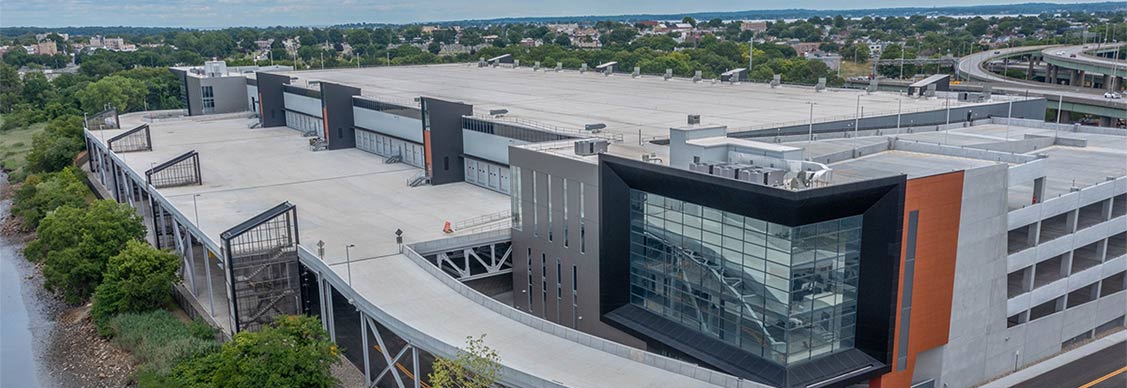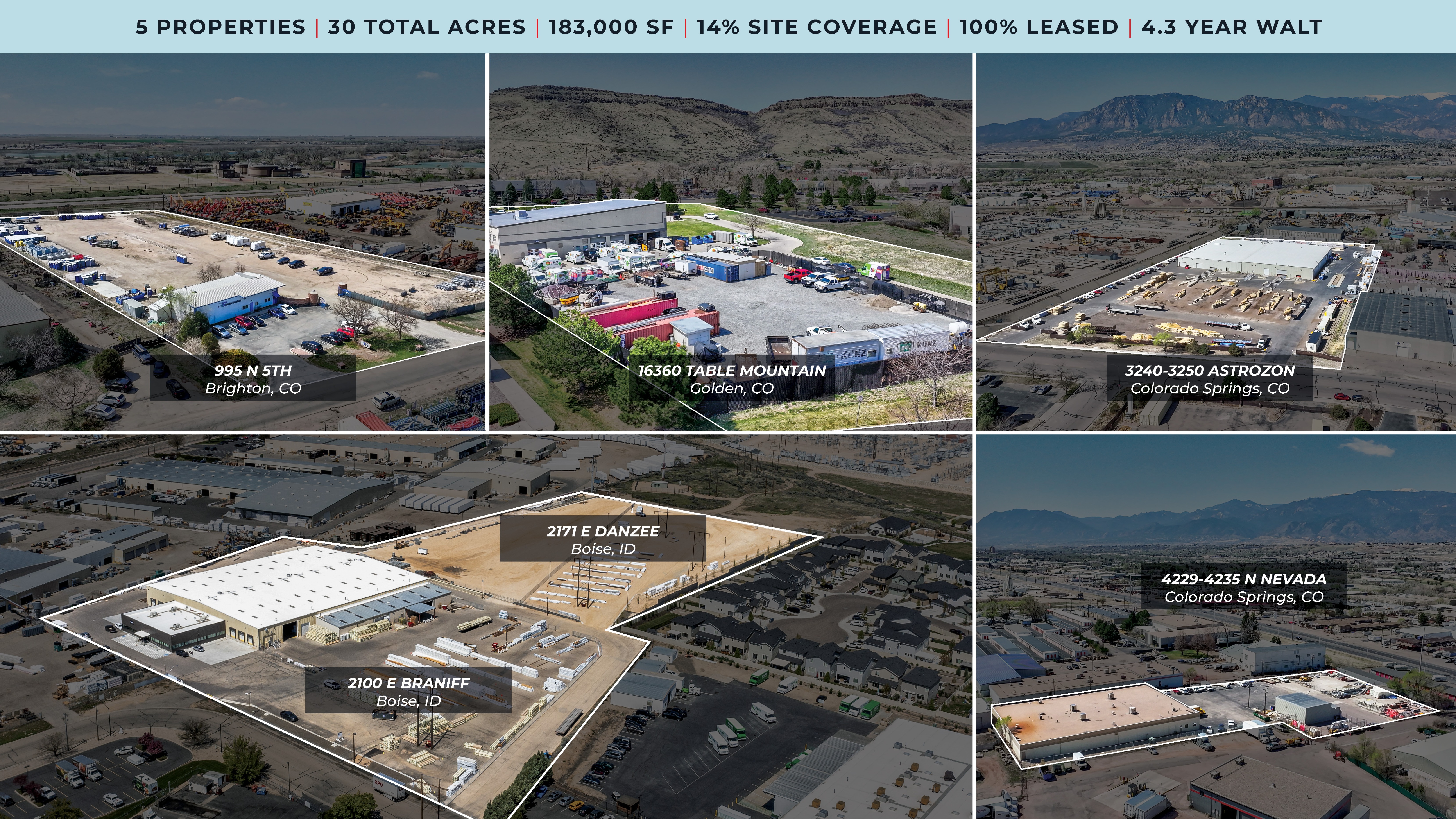How will multistory industrial builds stack up in U.S. markets?
It’s been five years since the first U.S. vertical warehouse. Here’s what we’ve learned
When the first multistory industrial building in the U.S. broke ground in 2018, there was little expectation that products be delivered in two hours or even the same day. Now, it’s the norm.
Urban markets have struggled to deliver. While you can get a pair of sunglasses delivered to your Miami hotel room in a couple of hours, a hotel in a denser urban neighborhood would not be able to get a last-minute—but much-needed—case of champagne in the same time frame because there isn’t a distribution hub close enough. Up until now, lack of space or the cost of rent has been prohibitive.
“Proximity to customers is crucial for businesses to meet on-demand delivery,” says Leslie Lanne, JLL managing director specializing in institutional landlord and tenant representation. “The answer is rather simple: When you don’t have enough land, and you have a lot of competing uses for land in these urban cores, the only way to afford these projects is to go up.”
Lanne has watched the vertical growth trend take shape since Seattle unveiled its first build in 2018. Since then, similar projects have popped up in Vancouver BC, New York City boroughs Bronx, Queens, and-Brooklyn, and Chicago just broke ground on its first project near Goose Island.
Already a popular fix in East Asia markets, the trend is also picking up steam in areas such as France and Vancouver.
Lanne predicts we’ll see more vertical expansion in Seattle, Chicago, Los Angeles and New York City, where there’s a construction pipeline of about 12 million square feet.
Looking for more insights? Never miss an update.
The latest news, insights and opportunities from global commercial real estate markets straight to your inbox.
Challenges Remain
While vertical growth solves on-demand delivery woes, it has its own set of challenges. Namely cost.
“No one is concerned about the multilevel aspect. Developers are concerned about whether they can make the numbers work when it comes to a return on their investment because the concept is still relatively new and more costly than something they’d build in a suburban market,” Lanne says. “The same can be said about occupiers who are weighing the cost-benefit of the higher rent versus meeting customer demand. Once businesses see that it is doable, you will see more facilities built in urban regions.”
Real estate accounts for about 5-8% of operating costs in a suburban environment. However, those numbers jump to about 8-10% in urban markets with vertical buildings due to increased infrastructure costs and additional square footage needed for things like parking and loading space.
For example, a 1 million square foot building may only dedicate about half of that square footage to the box distribution space, and the rest is parking, staging and queuing.
But there is plenty to counterbalance, Lanne says.
“If you’re transporting goods from New Jersey into New York City, you are paying increased gas and toll fees. It adds up,” Lanne says. “When your fleet is closer, you save on transportation costs and more readily meet consumer demand. You also are addressing sustainability goals by cutting emissions.”
Investment Opportunities
Looking forward
As the multistory industrial sector continues to grow, Lanne says she is keeping her eyes on how public policy and the electrification of fleets impact the industry.
Public policy, she says is a big part of current conversations with clients. Issues can range from environmental-focused initiatives to cities trying to alleviate traffic on city streets.
One of the biggest questions being asked now, Lanne says, is how the electrification of fleets and autonomous trucks will impact space. How will they work with the vertical structure is a question that needs to be asked and answered during the design phase. And those already in the construction phase who haven’t considered electric vehicle charging stations are already behind.
“These types of facilities thrive at the intersection of population and congestion,” Lanne says. “If you need to be delivering to your consumer in whatever time frame you are promising–whether it is four hours, six hours, 12 hours–you physically must be able to accomplish this. Building vertical is the only answer for some of these key urban markets.”
Contacto con Leslie Lanne
Executive Managing DirectorWhat’s your investment ambition?
Uncover opportunities and capital sources all over the world and discover how we can help you achieve your investment goals.




